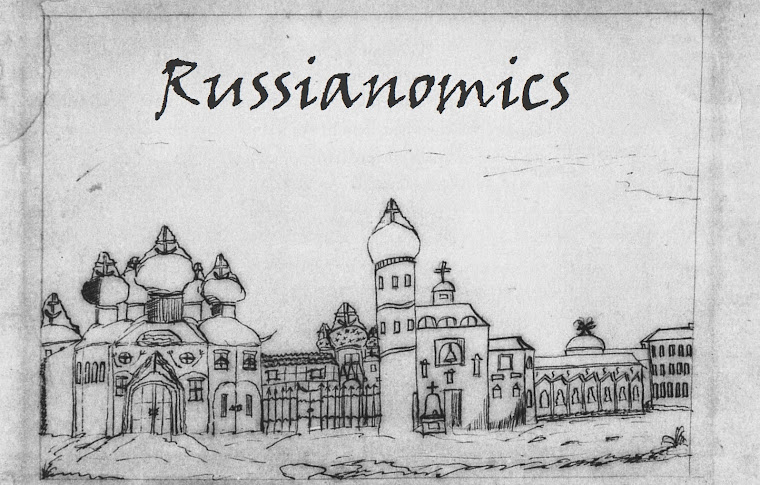Predicting the future oil price used to be an ungrateful enterprise. Because the demand and especially supply of oil has been inelastic in the last decades, even slight changes in demand (e.g. through growth of the world economy) could lead to drastic increases or decreases of the oil price.
Although fracking only makes up for a small part of the international oil supply, it increased the supply elasticity between $50 and $100. In addition to huge low-cost oil production sites in Saudi Arabia, Russia and elsewhere, the market now features a large number of small fracking sites with a higher and more diverse cost structure. Variable costs are higher for fracking than for conventional oil production, and investment cycles are shorter.
This means that when oil prices were to reach 60 dollars per barrel again, "hibernating" production capacities in the US will be reactivated, increasing supply and dampening the price. Over time, with continuing development of fracking technologies, the elastic part of the oil supply curve will become flatter, slowly lowering the oil price or compensating for increasing demand.
Of course, the underlying assumption to this is that OPEC or other oil cartels will not artificially reduce their production. However, this assumption is realistic, as OPEC has shown that it suffers from strong collective-action problems and diverging interests. In addition, the conventional oil producers have realised, that reducing their production would only facilitate the further development of fracking. For Saudi Arabia, keeping output high and the price at a level around 50 dollars is the best choice.
The result is an oil price that will most likely not rise above 70 dollars in the next five years. What does this mean for Russia? At the current level, the government is forced to continue drastic austerity if it does not want to burn up the relatively small reserves. The Russian recession will most likely end next year, but economic growth will not return to previous levels. Until 2018 (the next presidential election) the imperative is clearly to limit the pain that is inflicted on the Russian population, especially pensioners. Then, living standards will continue to deteriorate and certainly not return to pre-2014 levels. The most drastic changes are awaiting the pensions system, because a large generation 60-year-olds is currently leaving he labour market while a tiny generation of 20-year-olds is entering it.

Keine Kommentare:
Kommentar veröffentlichen